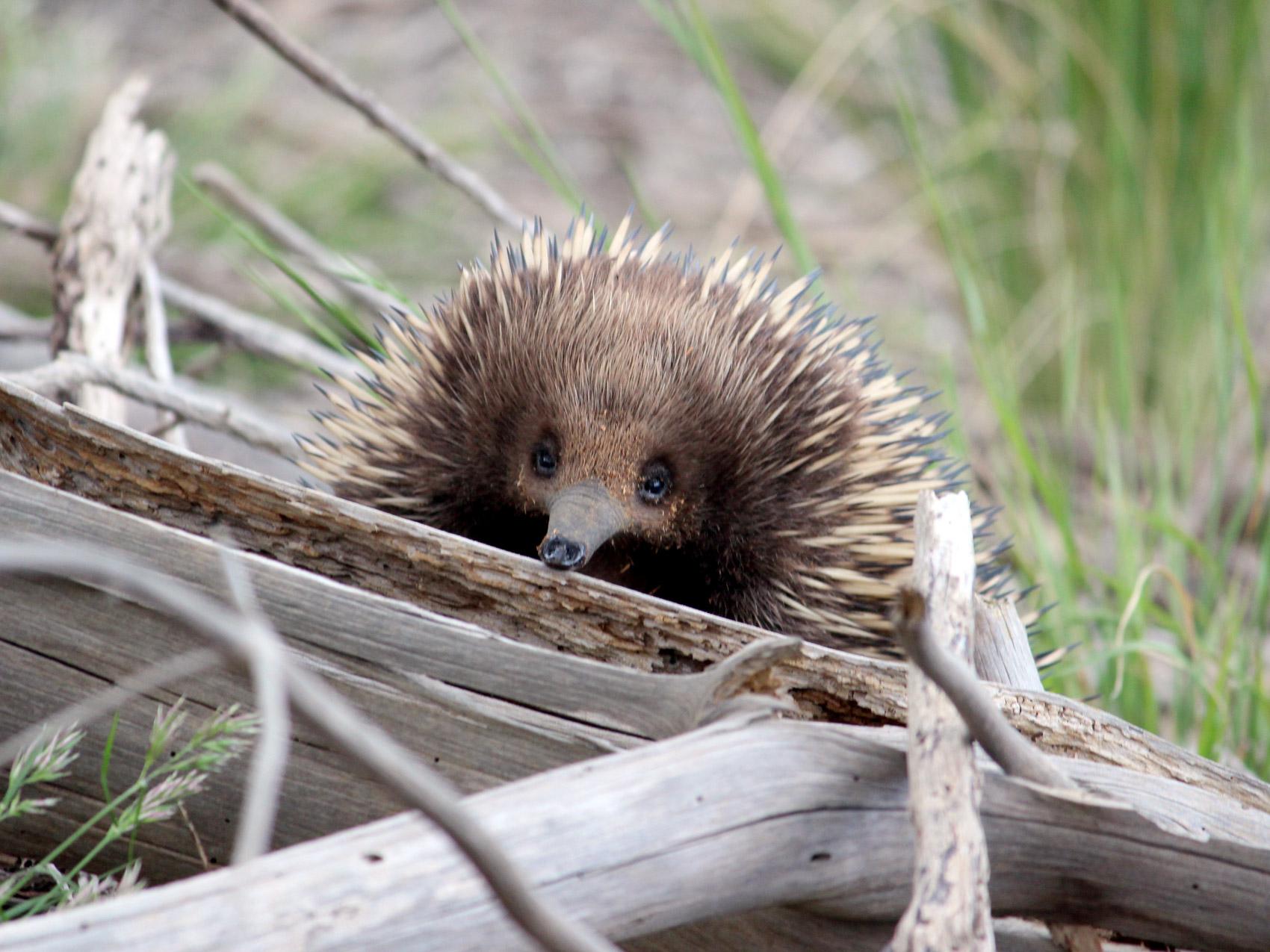Genomics milestone: Scientists uncover genomes of platypus and echidna

University of Adelaide scientists have produced the first ever echidna genome and a greatly improved, high-quality platypus genome sequence.
Monotremes display a unique mix of mammalian and reptilian features and form the most distantly related, and least understood, group of living mammals. Their genetic blueprint provides fundamental insights into their unique biology and into the evolution of all mammals.
This milestone in genomics research, published in the journal Nature, was the result of an international collaboration of expertise in bioinformatics, cytogenetics and molecular biology.
“The new genomes are a hugely valuable public resource for research in mammalian biology and evolution, with applications in wildlife conservation and even human health,” says the University of Adelaide’s Professor Frank Grutzner, who co-led the study.
“More than 15 years ago we discovered that monotremes have different sex chromosomes to all other mammals.
“This finding revolutionised our understanding of mammalian sex chromosome evolution but also raised fundamental new questions.
“With the new genomes we can now tackle important questions about how sex chromosomes control monotreme sexual development and reproduction, and how they evolved.”
The initial genome sequence of the platypus - published in 2008 - was a great achievement. However, it had many gaps which limited its use.

Professor Frank Grützner
“The new platypus genome sequence was obtained from both male and female animals and is almost completely (98%) mapped to the chromosomes,” says Professor Grützner.
“This is a huge improvement in quality, possible due to revolutionary advances in sequencing technology coupled with cytogenetic approaches.
“The platypus genome is now state of the art, and together with the first echidna genome, provides vital insight into the molecular basis of monotreme biology.
“These genomes are a hugely valuable public resource that have already shed light on mammalian evolution.”
The research team included Australian scientists from the University of Adelaide, University of Sydney, University of Melbourne and LaTrobe University, as well as researchers from China, Japan, USA and Denmark.
LaTrobe University’s Professor Jenny Graves says the egg-laying monotremes, unique to Australia, help us to answer some of our deepest questions of mammal evolution.
“We last shared a common ancestor with the platypus and echidna about 180 million years ago, so comparing the monotreme and human genomes can tell us about our common ancestor, and what has changed during the 180 million years in humans as well as monotremes,” says Professor Graves.
Dr Linda Shearwin-Whyatt of the University of Adelaide’s School of Biological Sciences, says, “the system for safe removal of the oxygen carrier, haemoglobin from blood was thought to be common to all mammals”.
“We were surprised when we discovered the system was missing from monotremes, implying that it arose quite recently in the ancestor of all other mammals.”
Professor Marilyn Renfree from the University of Melbourne, says, “the platypus and echidna are the only egg-laying mammals, and so provide the key to understanding the change in reproductive strategy from egg-laying to the production of live young in all other mammals”.
“During their short in egg incubation, they have kept one of the three major egg proteins that is used to make the yolk in chickens but, after hatching, both platypus and echidna have a complex milk like other mammals to support their young during their long lactation.”
Knowledge of monotreme reproduction is also relevant for conservation and captive breeding program.
Professor of Comparative Genomics at the University of Sydney, Professor Katherine Belov, says the new genome sequences also provide a roadmap for genetic management of threatened echidna populations and exciting new leads for drug development via the discovery of novel peptides in platypus venom.

Platypus - Image by Matt Chan
Professor Grützner and his University of Adelaide research colleagues are keen to see this new genetic knowledge applied to conservation biology.
“With fires, floods and droughts, both platypus and echidna numbers will continue to decline," he says.
“While the Kangaroo Island echidna is already listed as endangered, there is a lot of discussion about updating their overall conservation status.
“This requires scientific backing and the platypus and echidna genomes we have produced are a step towards the development of tools to assess their population genetics and diversity.
“Our new understanding of their genomes will provide novel insights into their biology, a foundation for a deeper understanding of mammalian biology and a basis for conservation of these iconic animals for future generations,” says Professor Grützner.
